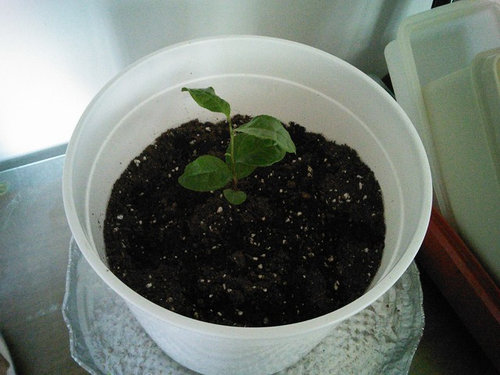Camelia Sinensis
Haseo333
9 years ago
Related Stories

FARM YOUR YARDHow to Grow Vegetables in Containers
Get glorious vegetables and fruits on your patio with a pro’s guidance — including his personal recipe for potting mix
Full StoryMore Discussions











fatamorgana2121
floral_uk z.8/9 SW UK
Related Professionals
Erie Landscape Architects & Landscape Designers · Winder Landscape Architects & Landscape Designers · Mount Wilson Landscape Architects & Landscape Designers · Westwood Landscape Contractors · Anderson Landscape Contractors · Wilmington Landscape Contractors · Deer Park Landscape Contractors · Fort Mill Landscape Contractors · Leicester Landscape Contractors · Mastic Beach Landscape Contractors · Saint George Landscape Contractors · Sugar Hill Landscape Contractors · West Orange Landscape Contractors · Whitehall Landscape Contractors · Renton Roofing & GuttersDaisyduckworth
gvozdika
floral_uk z.8/9 SW UK